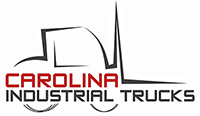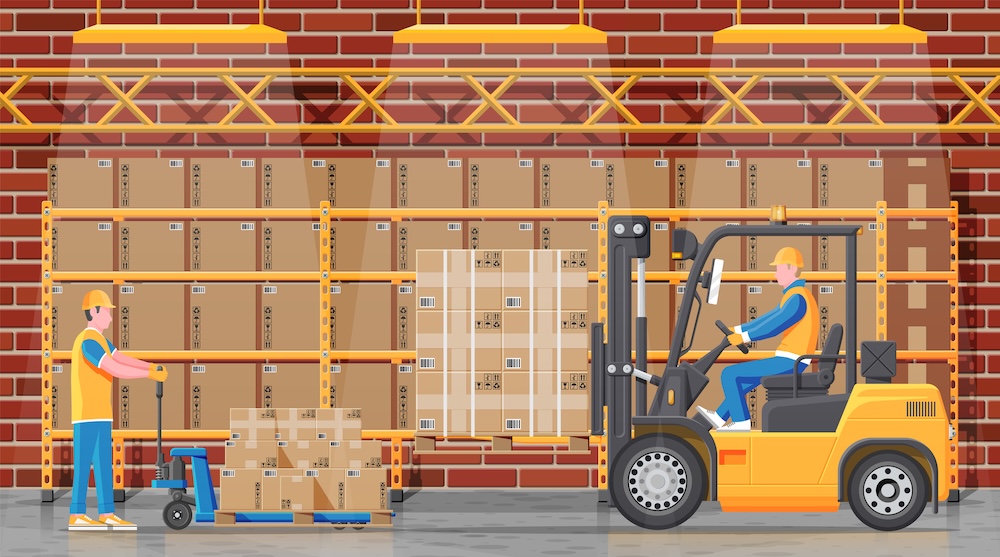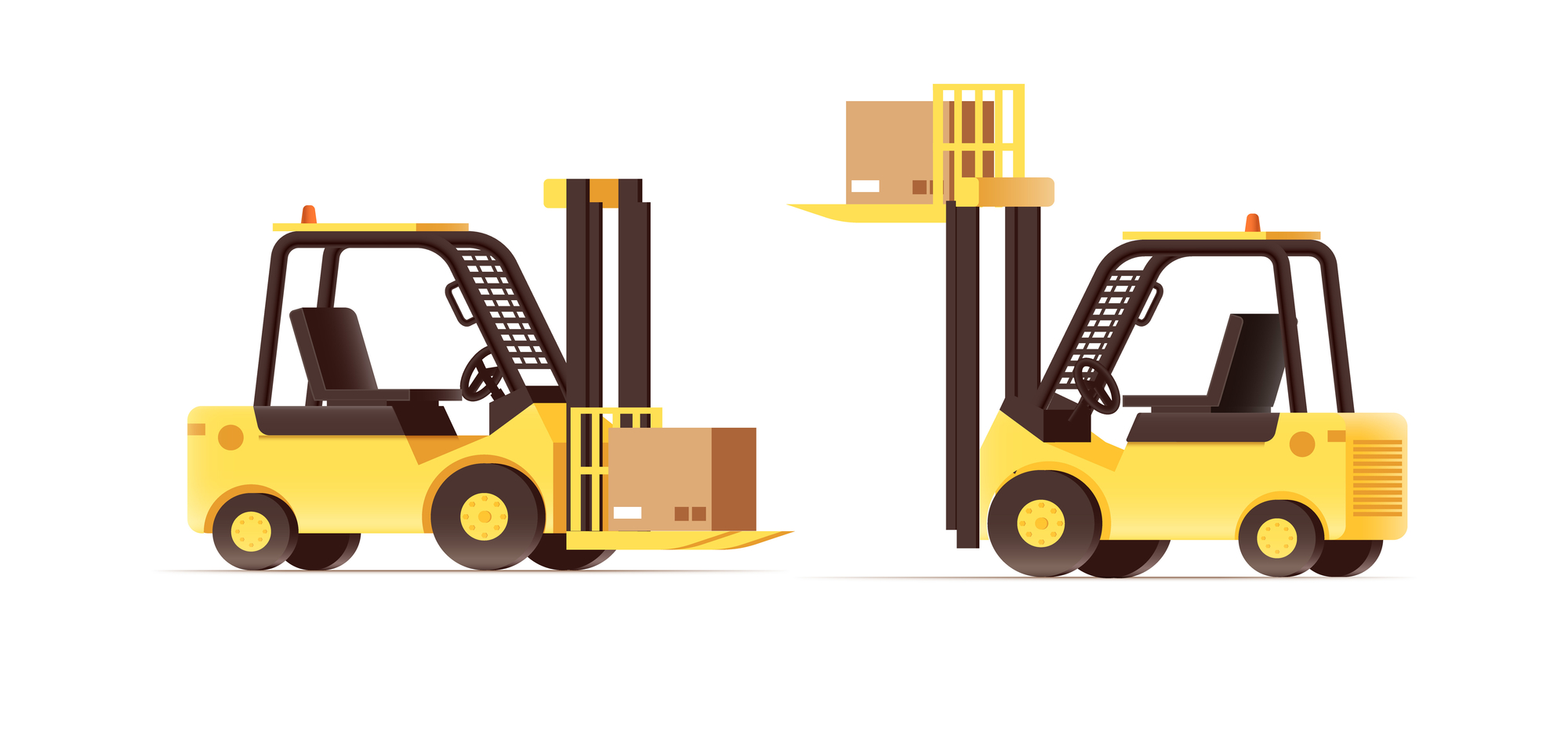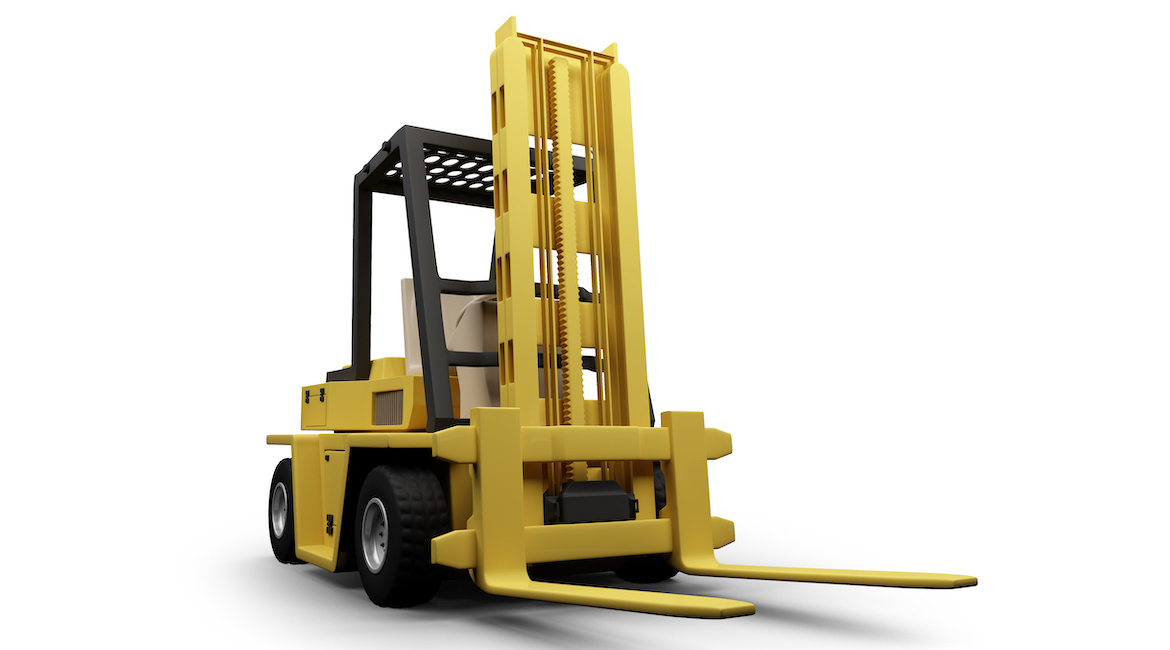Monroe NC OSHA Forklift Training Tips: What You Should Look for During Forklift Inspections According to OSHA
10/25/2021
CITrucks
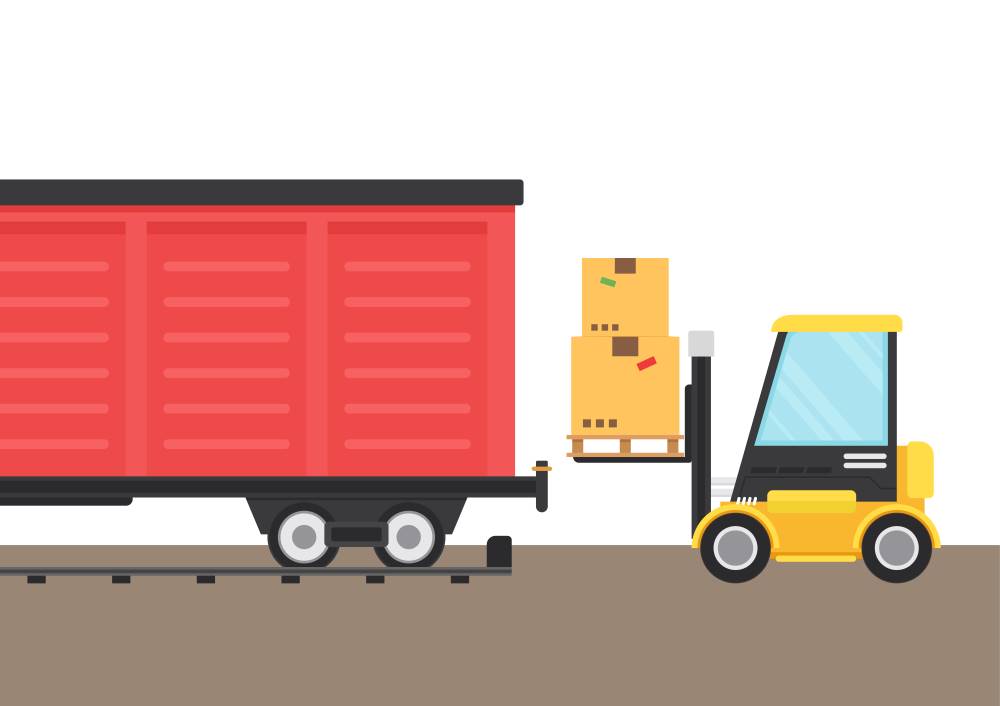
Nearly 100,000 workers suffer injuries each year while operating forklifts.
While many result from user carelessness, a significant number could be avoided with proper care and maintenance of the equipment. Taking the time to do forklift inspections in your Monroe warehouse before starting a shift gets employees into a safety mindset and ensures the truck is in good working order.
OSHA regulations call for daily inspections with serious penalties for missing them. Learning how to competently conduct these inspections are part of operator training, so all your certified operators should be capable of this daily task.
But do you know what to inspect on a forklift? Do your employees know? Let’s take a look at how to do a forklift inspection and ensure your operators complete them correctly.
OSHA Requirements for a Forklift Inspection in Monroe
What does OSHA require as part of a forklift daily inspection? The rules in Standard 1910.178 are fairly simple — examine before using and don’t use the forklift if there is a problem.
The inspections should happen daily before operation and checked after each shift if the forklift is in operation around the clock. Report any defects and correct them as soon as possible. Forklift inspections should take place in a safe environment away from hazards and done only by trained operators.
Inspections involve two steps — a visual check with the engine off and an operational check with the engine running.
OSHA doesn’t require employers to document inspections but does recommend that you record your findings on a checklist. These should be kept for up to a year in case of an OSHA inspection as they show you have been conducting inspections as required.
Penalties and fines for not following the rules can exceed $10,000. “Willful or repeated” violations can end up costing you up to 10 times that much.
Visual Check of a Forklift
The visual check should happen without the engine or battery on as you scan for potential issues. The check starts with checking fluid levels and looking for leaks, cracks, or visible defects. Chain tension in the mast should also be checked.
Next come the tires, where you’re checking the pressure and looking for cuts and gouges. The condition of the forks should be reviewed to ensure they’re in good condition. Safety decals and nameplates should be in place and legible, and the operator manual should be on board.
The operator compartment should be clean and have everything in place. The last thing would be to check all safety devices, including the seat belt.
For electric forklifts, you should also check the cables and connectors, look for frayed wires, and check the battery restraints. Internal combustion trucks also need to have the coolant, air filter, belts, and hoses checked for leaks or cracks. Liquid propane equipment also calls for checking the tank mounting and looking for any dents or cracks in the tank.
If there is anything wrong, the forklift should be taken out of service immediately. Record the issues and report them to management as well.

Operating Inspection
If the forklift passes the visual inspection, you can move on to the operational inspection with the engine running. The inspection starts with checking accelerator linkage, inch control, brakes, and steering. The operator should also check the drive control, tilt control, house, and lowering control.
Safety features like the horn, lights, and backup alarm should also be in good operating order. As the largest number of incidents involve hitting a worker with the forklift, these are critical to be working.
You should also listen for unusual noises and feel for unusual vibrations. These should be reported immediately as they likely point to issues that can’t be readily seen during a daily inspection.
If the forklift passes all the steps, you're ready to begin using it for your shift.
Use a Checklist for Forklift Inspections in Monroe
OSHA doesn’t require a specific list of items to check on a forklift as part of the daily inspection, although it does offer some sample options you can use.
Your forklift inspection checklist can be written on paper or submitted electronically. Regardless of how you choose to create your daily check, it’s a good idea to store the reports safely for future inspections.
Checklists serve two primary purposes. First, they ensure your forklift gets checked the same way every time it’s used.
Every employee checks the same items, and no one forgets anything since checklist lists out each step.
Storing your completed checklist also provides documentation for an OSHA inspector should you ever have an accident investigated. The checklists prove you’ve been doing inspections as required.
Your checklist should include sections for the visual check and the operational check. It’s a good idea to tailor checklists to the specific make and model of your forklift, although you can create a general equipment list if you only have a few trucks. The maintenance guide and owner’s manual for your forklift can get you started with what should be on your checklist.
Filling out the checklist should be part of your standard operating procedure and should only take between five and 15 minutes to complete each day.
Putting Workplace Safety First
Forklifts that don’t get proper maintenance attention are more likely to fail and cause accidents. Daily forklift inspections ensure maintenance is done when needed and should be completed by trained operators before they begin work.
Checklists give your employees a guide to ensure they are done correctly and consistently.
Have you found a problem during a daily check of your forklift? Contact us to order parts, schedule service, or rent a replacement forklift while we get yours back in working order.
